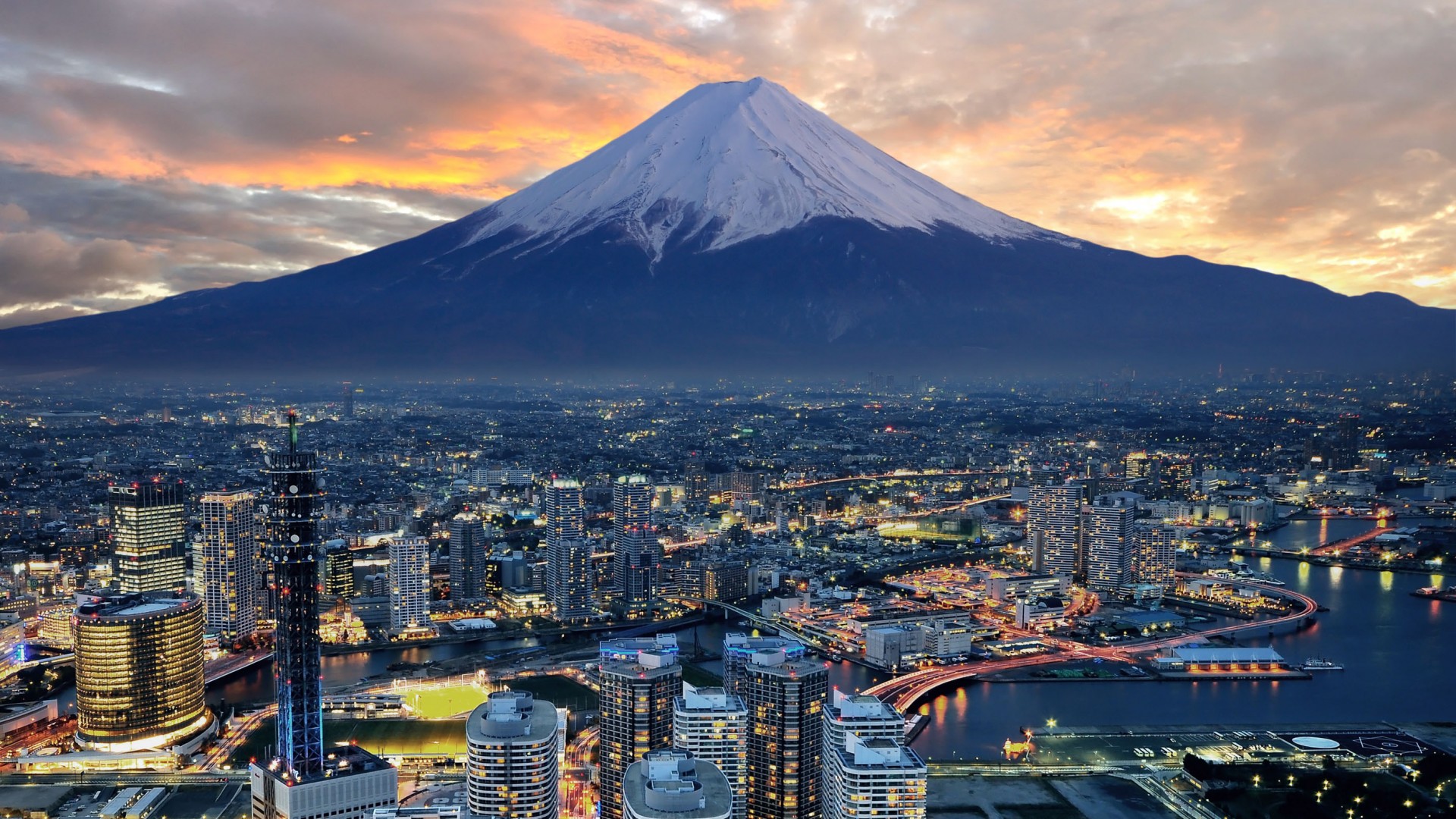The Analysis of Japanese Corporate Culture
The Japanese corporate culture during the mid-twentieth century was substantially different from that of the West. This has been a long-standing phenomenon and it is important for those who are looking to do business with Japan to understand the historical and socioeconomic significance of such a culture. Japanese firms are among the most successful in the world and stand as a model for other firms throughout the world. Ideas that will be explored in more detail in this article include those of lifelong employment, a practice that still exists in some form in Japan today. Also, the idea of long-range corporate planning will be discusses, which contrasts in many ways to the more short-sighted planning of Western companies. (i.e. quarterly and annual planning vs. a five- or ten-year plan.) The Ringi system, which is used to involve mid-level management in corporate affairs in Japanese corporations, is covered at some length.
Zaibatsu and Keiretsu
Zaibatsh refers to conglomerates with product diversification, family ownership and nationwide recognition. The influence and control allowed them to command significant dominance over the pre-WWII Japanese economy. Three organizations that were among the “Big Four” zaibatsu were Mitsubushi Corporation, Mitsui Bank and Sumitomo Bank. This organizational structure was dissolved following the Japanese defeat in WWII. The Allies viewed these zaibatsu as a driving force behind the war. Following the year, consolidation of old constituent firms led to inter-market keiretsu.
A keiretsu is a cluster of interlinked Japanese firms, centered on a bank, which lends money to member companies and holds and equity stake in these companies. By combining forces, these companies are able to reduce costs and risk, better facilitate communication, ensure trust and reliability and provide insulation from outside competition.
There are two types of keiretsu, horizontal and vertical. Horizontal, inter-market keiretsu are diversified networks of large companies. these included the three aforementioned descendents of the pre-WWII Zaibatsu. Vertical manufacturing and distribution keiretsu are asymmetric networks where small-firm sections are dominated by large sectors. The Toyota Group is considered to be the largest of the vertically-integrated keiretsu groups. The United States and most Western countries looked unfavorably upon the keiretsu because they interpreted such a business scheme to be that of an outlawed monopoly or cartel.
Japan’s Smallar Firms and Unionation
When one is asked to describe Japanese firms in the mid 1900s, one would more than likely discuss the zaibatsu and keiretsu systems. However, there was a sizable portion of the workforce employed at a smaller firms, thought of as those with fewer than 100 employees. The owners and management team of these organizations were not represented by any regional association and for the most part, workers were not unionized. Management, however, often did belong to organizations such as the local chamber of commerce and the Japanese Association of Small and Medium-Sized Businesses, and organization which makes representation to the Office for Small and Medium-Sized Businesses and other government entities.
One of the benefits of belonging to such organizations is protection from ‘unfair’ competition. For instance, in the 1960s and 1970s, small retailers obtained legislative protection from large-scale high-volume chains. Such chains naturally had smaller mergins and more competitive prices and could easily driver the smaller competitors out of the market. By the 1980s, this legal protection was gradually lifted and retailers were put under serious competitive pressure from larger competitors.
Unions, which were generally not a manifestation of smaller Japanese firms, grew in significance following WWII. At this time, the unionzation rate surpassed fifty percent. In genera, over the twenty years prior to 1975, the unionization rate was thirty-five percent. Immediately following the end of the war, a movement organized around the development of strong industrial unions. These unions were led by socialist-inspired leaders. The main idea was to rebuild Japan’s economy while simultaneously empowering the individual worker. There were power shifts between labor and management, which led to a relatively permanent shift in power in the mid 1970s. At that point, unionization rates began to steadily decline.
Japanese Human Resources
Japan is a geographically isolated nation. Among its population, there is a sense of homogeneity and harmony. Also, the people work hard to survive and maintain a relatively high standard of living. Japanese corporations are known to support corporate paternalism, which is support of the ideas of lifelong employment, seniority-based wage systems and a company union to protect workers. Entrepreneurship is generally not encouraged and, instead, many workers go straight from high school or college into big business, such as Sony Corporation, the Toyota Group, Nissan Corporation or Mitsubishi Corporation.
It was, and to a certain extent still is, expected that a Japanese worker will spend his or her whole career at one firm. This idea of lifelong employment greatly contrasts that of the West, in which workers are known to hold seven or more jobs throughout their career. Japanese workers and their family were socially ranked based on the reputation of the company, his or her position, and that individual’s future prospects with the firm. Lifelong employment tends to instill in the worker as sense of pride and belonging to the firm. There is also intense pressure to conform. Japanese corporate culture emphasizes the importance of collectivism, in which the company is put first above one’s personal needs or affairs. An example of this is the fact that a worker can be permanently transferred to remote parts of the country without prior consultation. Amazingly, many Japanese workers comply with such demands without question.
Entry into elite corporate positions in Japan had been reserved for male graduates from Japan’s best universities, as well as a select few high schools and technical institutes. Competition for superior jobs begin in middle school. Such intense pressure to succeed is placed upon the student by his or her family due to the level of social status that can be achieved through gainful employment at a prestigious firm.
In order to help instill the firm’s ideals into the worker, there are company policies and assignments that are meant to build teamwork and emphasize the collective interest of the group over the individual interests. Furthermore, there are often company-sponsored cultural, athletic and recreational events and activities. Loyalty is instilled through cultural events such as calisthenics, singing the company song and company-sponsored vacations.
Hiring in Japan is a formalized process revolving around koshinjo. Koshinjo is the Japanese use of investigative agencies to obtain detailed information on the job applicant. The reason for koshinjo is that in Japan there is a general distrust toward resumes and a review from a former supervisor. Japanese hiring managers believe these can both be easily manipulated and do not relay accurate information. Another reason for the scrutiny is because of the idea of lifelong employment and the need to fill the position with a loyal and competent individual.
Beginning around the 1960s, women began moving away from family-run businesses and into enterprises. Women workers usually occupied part-time positions as a means of supplementing the family income. Interestingly enough, the working conditions for women were better for those working part-time than for those working full-time. There was a fifty percent labor force participation rate among women of this era. Japan’s reliance on outside labor had been negligble and even Vietnamese refugees had a difficult time assimilating into Japanese workplaces. Most additions to the Japanese labor force came from within. Japan had a very low unemployment rate for a very long time. With this, though, came the compulsion on the part of Japanese workers to work and also with it came the associated stress of living such a lifestyle.
Japanese workers were seen as generalists rather than specialists. Upon entering an organization, the worker is cross-trained on various tasks and rotated into different jobs and assignments. They are expected to master as many jobs and specialties as possible. In doing so, the worker also becomes increasingly knowledgeable about the company and valuable to the company.
Teamwork is another important aspect of the Japanese corporate culture. This is consistent with the Japanese idea of collectivism, which has its roots based on the ideas of Buddhism, Confucianism, the Feudal period and village life. In contrast, Koreans and Chinese are known to be much more individualistic than the Japanese-which can also be said for that of the West.
Office and workplace arrangements are also designed to promote teamwork and revolve around the idea of group space. Following the idea of group space, employee congregate in areas that are within close proximity of each other. There is little use of walls, doors or partitions. The results of group space include instantaneous relaying of messages, buzzing of voices and a rapid fire flow of information. Factory workers also use group space and line workers are usually arranged on U-shaped lines, where everyone can see each other.
One method used to involve mid-level managers in important strategic planning of an organization is to follow the Ringi system. The Ringi system is a system in which middle managers propose certain decisions. A series of printed proposals are developed and affixed by a Hanko, or personal seal. These ideas are circulated throughout the organization for approval, before being reviewed and signed off on by top management. The idea of the Ringi system is that it is designed to create a consensus and also complements paternalistic leadership.
Long-term employment allows Japanese companies to truly excel in conducting long-range planning. This idea came about in the 1960s by Keizai Doyukai, or the Japanese Committee of Economic Development. The purpose of this private, nonprofit, nonpartisan organization is to improve the Japanese economy and make a positive impact on Japanese society.






